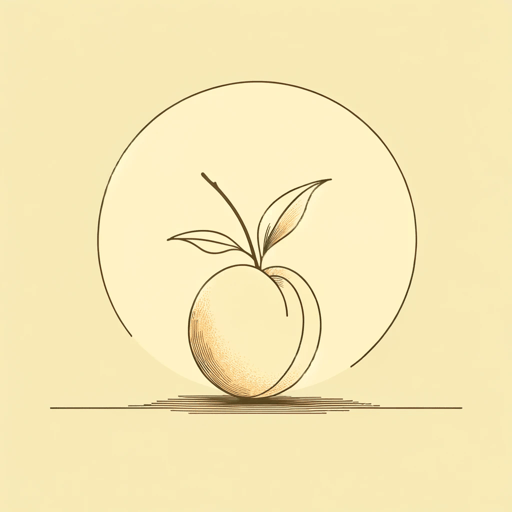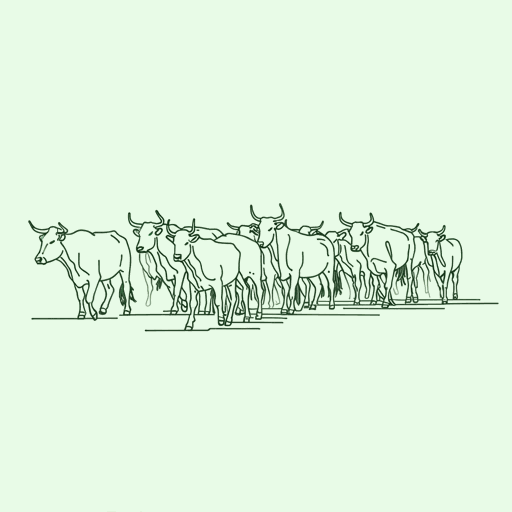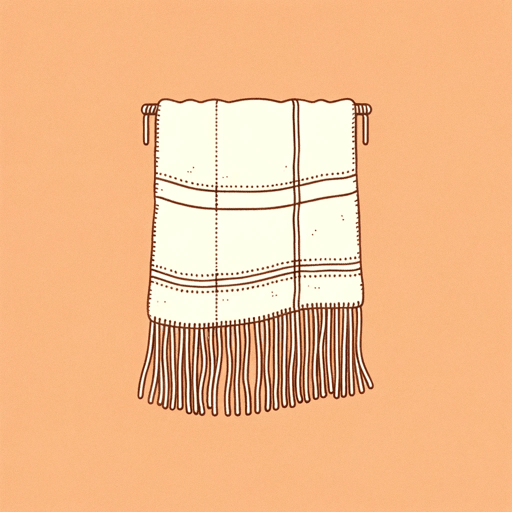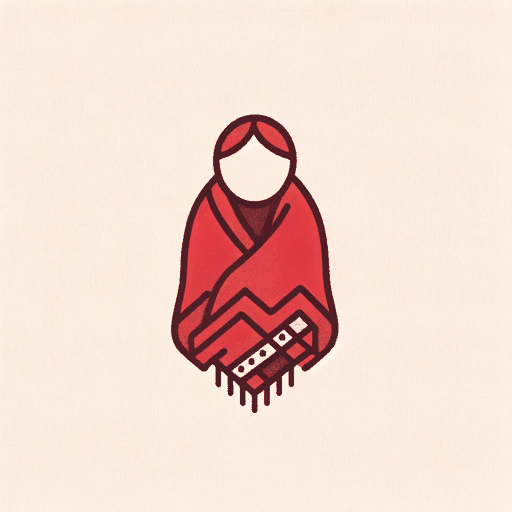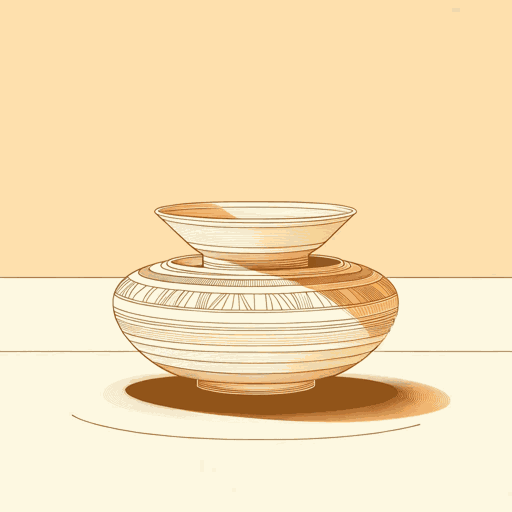29 pages • 58 minutes read
Leslie Marmon SilkoYellow Woman
Fiction | Short Story | Adult | Published in 1974A modern alternative to SparkNotes and CliffsNotes, SuperSummary offers high-quality Study Guides with detailed chapter summaries and analysis of major themes, characters, and more.
Background
Literary Context: Indigenous American Renaissance
In 1968, N. Scott Momaday’s House Made of Dawn was published, spurring what scholar and critic Kenneth Lincoln calls a “Native American Renaissance.” Because this time period was concerned with environmental health, human and civil rights, and positive world change, the nation and the scholarly community became receptive to writers like Momaday, Leslie Marmon Silko, and Joy Harjo. In their works, they explored themes of Cultural Alienation, as well as the conflict between tradition and progress—especially as it relates to the natural world—and tribes’ experiences of colonial racism. Like the Harlem Renaissance, this literary historical period reflects a group of disenfranchised people finding a voice through art and expressing the complexities, challenges, and beauty of their unique cultural experiences.
A hallmark of Indigenous American writing during this period is a reclamation of traditional storytelling styles translated to the medium of literary fiction and poetry. Silko’s “Yellow Woman” reflects these styles in its references to the Yellow Woman myth, the role of the narrator’s grandfather in her familiarity with the myth, and the rhythm of the story itself. Another common element in “Yellow Woman” is the incorporation of thematic natural imagery—the river and the 







Related Titles
By Leslie Marmon Silko
